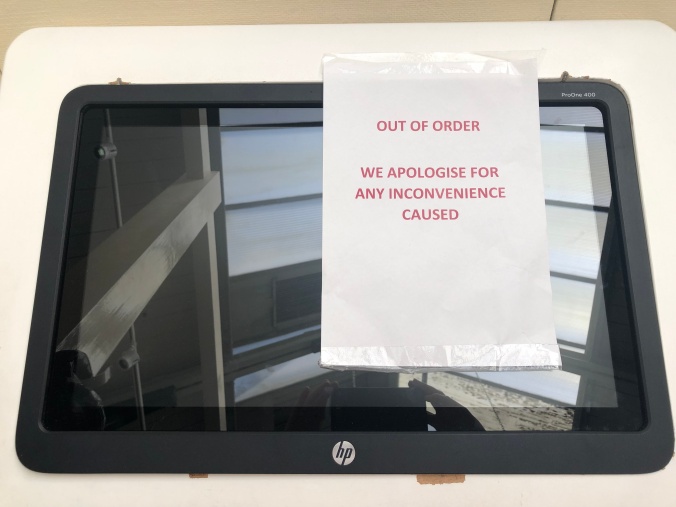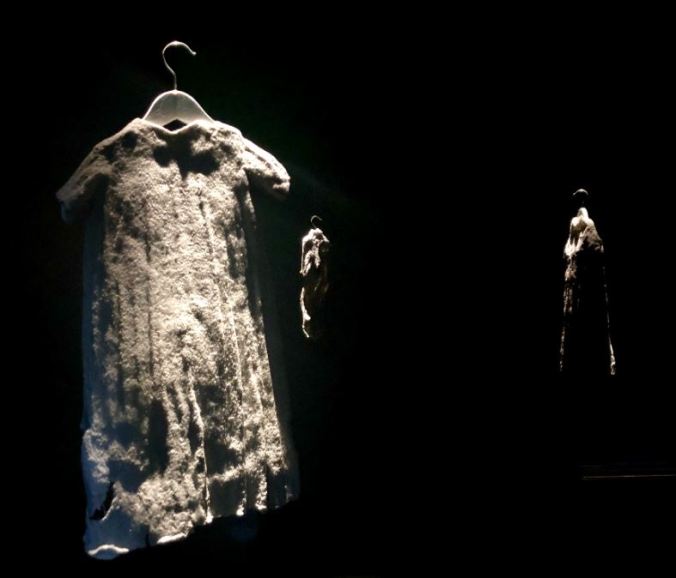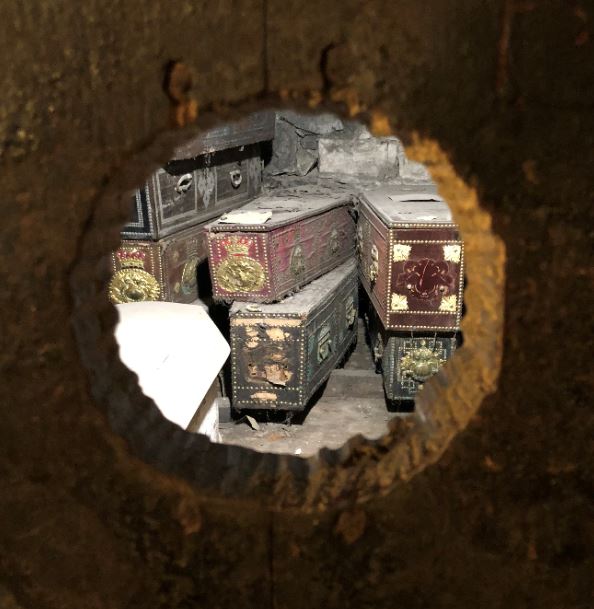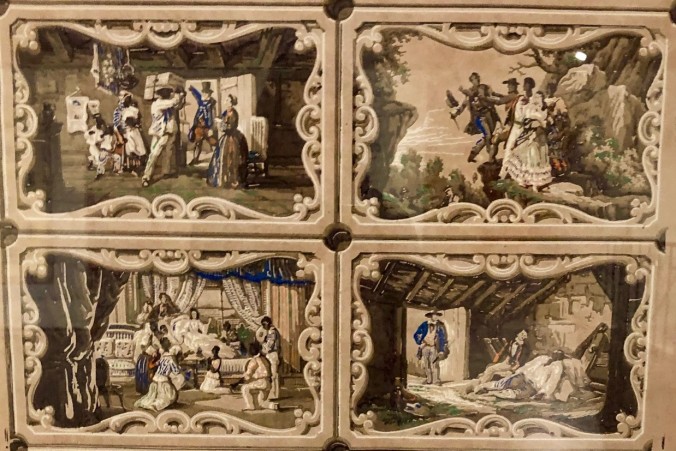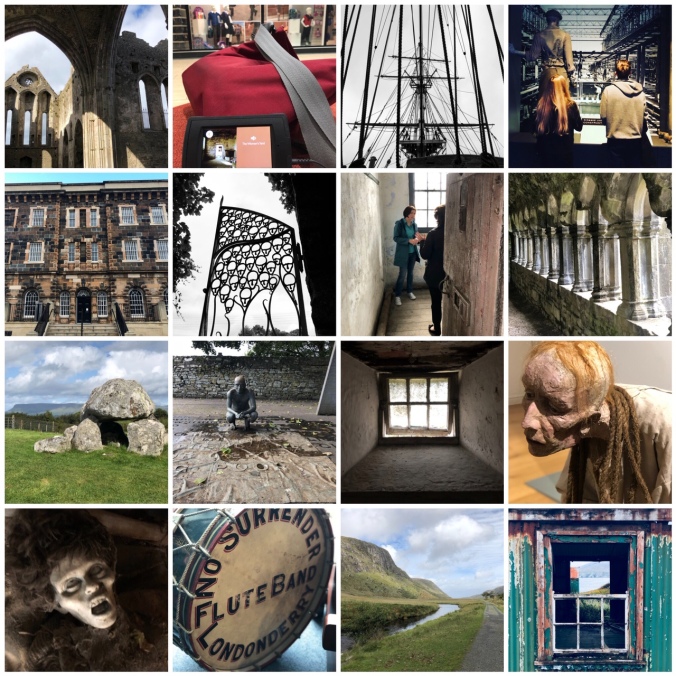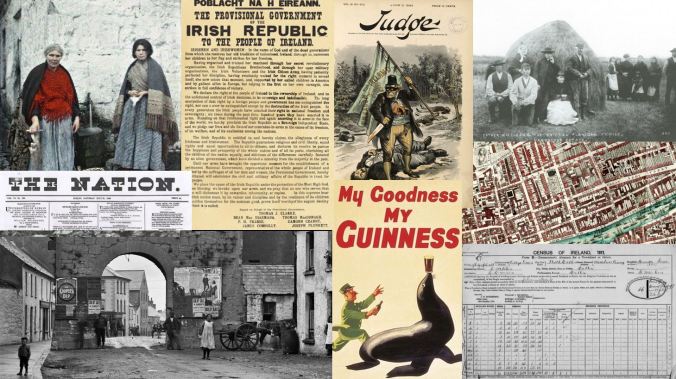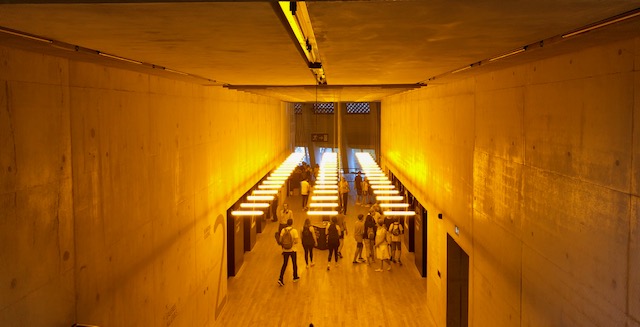
Room for One Colour
I went to see the Olafur Eliasson exhibition ‘In Real Life’ at Tate Modern. I first saw Eliasson’s work in 2003 when his ‘Weather Project’ was in the Tate’s cavernous Turbine Hall. This new exhibition is spread throughout thirteen rooms in the new Blavatnik building, the extension that opened in 2016. There are also a handful of exhibits outside the main exhibition – the most interesting being ‘Room For One Colour’ which casts an unhealthy orange glow over all those waiting for the lifts to take them to the viewing platform at the top of the Blatavnik building.
There is much to love about ‘In Real Life’ but the experience was rather ruined by one of the big problems associated with major exhibitions – too many people. It’s a timed-entry exhibition, but even with that the Tate are allowing too many people in. It felt a bit like going to a theme park where you have to queue to get in and once inside you then have to queue for every ride. At one point the queue to experience ‘Your Blind Passenger’ snaked through four rooms of the exhibition and it took over 30 minutes to the entrance of the experience. The one minute experience of moving through a peasouper or a dense cloud is disorientating and wonderful. Visibility is restricted to about a metre and as you walk cautiously through the fog new colours appear and figures become briefly visible. It’s a brief bubble where the senses are confused by the syrupy smell, the changing light & the occasional accidental brushing up against a stranger you never really see. When you’re disgorged from the tunnel of cloud into a room full of reflecting surfaces like a kaleidoscope it takes a few moments to reorient yourself in what passes for the real world. I felt a little like Alice in Wonderland.
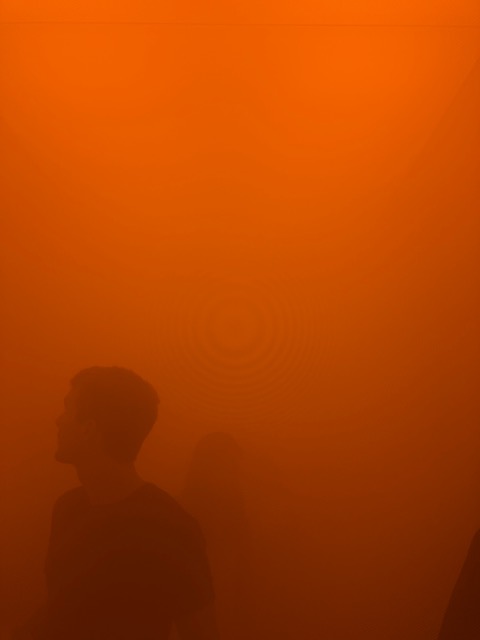
Your Blind Passenger
At ‘Your Spiral View’ parents were encouraging their children to do handstands and forward rolls through the mirrored spiral as if the exhibition was an extension of a playground. Adults stood and waited and waited and waited until it became clear that the children had no intention of leaving the spiral (and their parents had no intention of asking them to). Eventually most of the adults wandered off to join yet another queue.
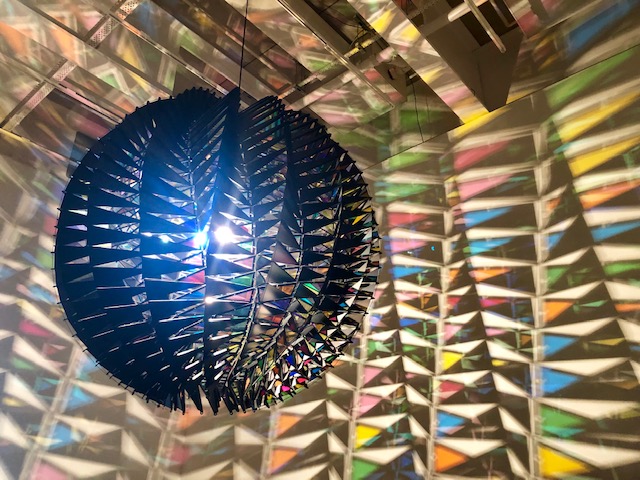
In Real Life
‘Your Uncertain Shadow’ projects the shadows of visitors onto a large wall in five pastel colours. It’s impressive (and somewhat reminiscient of 1970s album covers, or the opening sequence of ‘Tales of the Unexpected’) but the room was so packed that several times the lights were almost entirely blocked so nothing was being projected onto the wall.

Your Uncertain Shadow
And at ‘Big Bang Fountain’ (after yet another queue) we were eventually ushered behind a thick black curtain into a completely dark room where everyone stood awkwardly a light mist settling on their skin as a strobe light illuminated water sculptures that appeared and disappeared in the blink of an eye. It was mesmeric, but ruined by the woman who (despite all visitors being told repeatedly that photography was forbidden) not only took photographs, but turned on the torch on her phone meaning that everyone got to see how the illusion was created. No one wants to know how the magician does his tricks and for the first time in a long time I saw usually polite Londoners take the, rather less than polite, photographer to task.
I’m not sure what galleries and museums can do to ensure that everyone who wants to see an exhibition can see it (though the £20 entry fee already excludes many who might want to go). Exhibitions cost a lot to put on and money needs to be made to recoup some of the costs, but increasingly this is at the expense of the experience. The overcrowding at the ‘In Real Life’ exhibition was the worst I’ve experienced in a long time and exacerbated by the fact that within the exhibition numbers to many exhibits were also restricted, but the recent Don McCullin photography exhibition at Tate Britain was almost as bad with people jostling each other just to get a look at one of his photographs. Something ought to be done whether that is extending opening hours, extending exhibition running times or reducing the number of tickets available. I’m sure I’m not the only disgruntled visitor, but I guess there would need to be many thousands of us before there’s any need for galleries and museums to take action, and if we stop going to see the shows then I guess that means more room for those who do go!
I had taken a few days off to get away from my Dark Tourism travels to try to stop thinking about museums, galleries and heritage sites…in that I failed miserably! Next time I’m going to sit on a beach for a week and read books!
